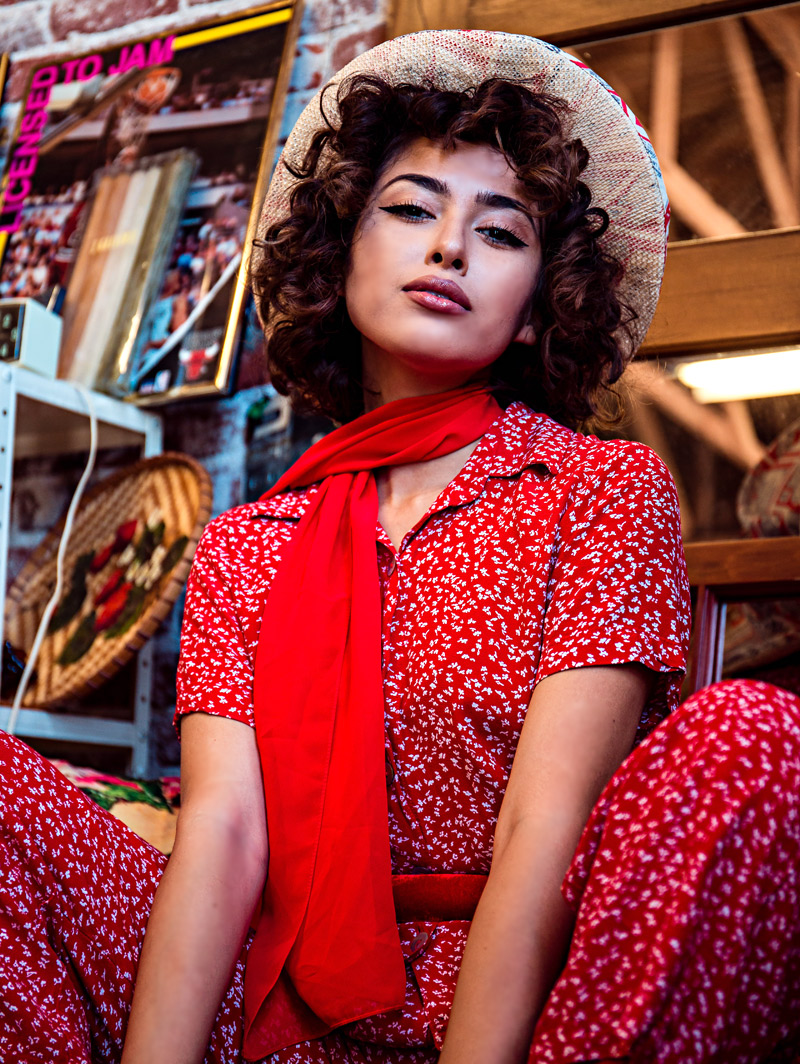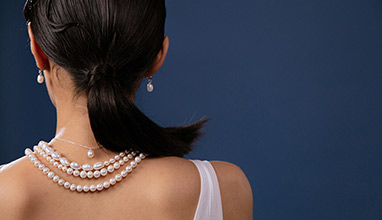How have women’s clothing styles changed over the last 50 years
In the last 50 years, women’s fashion has drastically changed. In war times, women’s garments echoed military styles and were often made out of anything they could find at home – nightgowns, curtains, bed sheets and much more. Hemlines lower and shorten, necklines change shape and the colour palette of clothing changes over time.

Just fifty years ago, in 1970, hippy fashion was all the rage. The politics and social norms of Western society were starting to loosen – and so was the fashion. Loose flowy maxi skirts and dresses became popular. Women danced to disco music in slender dresses and shimmering fabrics – fabulous!
In 1980, women’s fashion began to reflect the changing gender stereotypes in the UK and the rise of the working woman. Skirts and dresses became longer and more masculine with straight, boxy silhouettes. As more women joined the workforce, there was a need for a female suit that could make a woman feel just as powerful as a man. Shoulder padded blazers were introduced, and bright colours made an entrance into the female wardrobe. Of course, eighties fashion was influenced by the music and movies of the time – like Madonna, Cyndi Lauper and many more.
In the 80s, we also saw more casual women’s tops, like T-shirts and polo shirts. With so much formal business wear, it’s only natural that people wanted to relax and get comfortable after work. Oversized sweaters and tops were popular with both men and woman – and they still are today. Working women in the eighties tended to go for flats over heels at work. However, high heels were still popular outside of the office, and tennis shoes were a must.
As we entered the 90s, slim midi skirts came into fashion along with band-tees and Birkenstocks. People also started to become more eco-conscious and swayed away from leather towards leather substitutes and cork-soled sandals. The 90s trend has made a comeback in today’s fashion world, and women across the globe are rocking the chic midi skirt look.
Fashion often reflects political events and social changes going on in the world. In war times, clothing became durable and practical. In the 60s and 70s, fabrics were colourful and playful to align with the new buzz of liberalism. Fashion is an essential part of our society and allows people to express their identity and personality. Sometimes fashion can even be used to share political issues, like climate change and sexism.
Hits: 8397 | Leave a comment
Tags:fashion history, fashion style




















